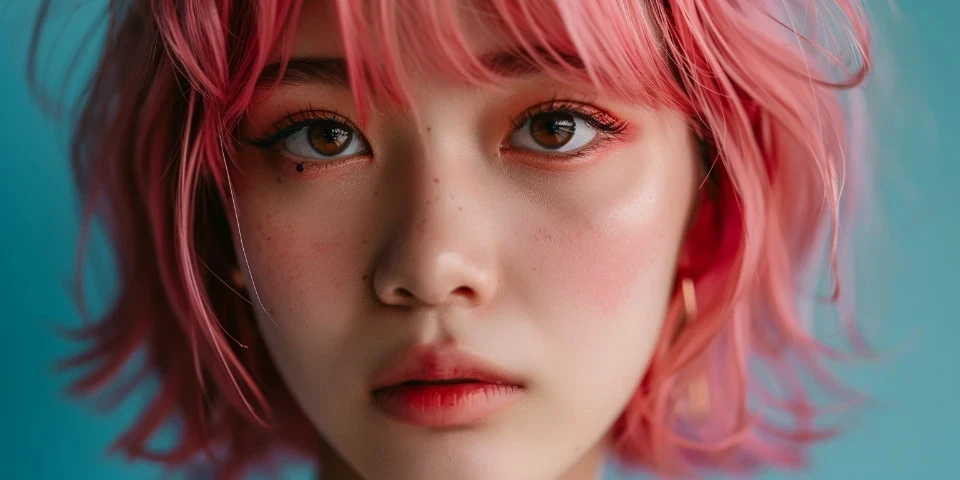Artificial Intelligence (AI) is revolutionizing the way we interact with the world around us. From chatbots to autonomous vehicles, AI is making our lives easier and more efficient. One fascinating application of AI is its ability to unlock hidden images, revealing details that are invisible to the naked eye. In this article, we will explore how AI can perform this magical feat.
Uncovering the Invisible: How AI reveals hidden images
AI uses advanced algorithms and machine learning techniques to analyze and process visual data. By training on vast amounts of labeled data, AI can learn to recognize patterns, textures, and shapes that are not apparent to human observers. This ability opens up a whole new world of hidden images that were previously inaccessible.

There are several techniques AI employs to uncover hidden images. One such technique is Deep Dream, an algorithm that enhances and exaggerates patterns in an image to reveal hidden details. Another technique is image inpainting, where AI fills in missing or obscured areas of an image based on context and learned patterns.
Applications of AI in unlocking hidden images
1. Art Restoration: AI can restore faded or damaged artworks by revealing hidden details and colors that have been lost over time. This is particularly useful in preserving historical pieces of art.
2. Medical Imaging: AI can enhance medical images, such as X-rays or MRI scans, to assist doctors in detecting subtle abnormalities that may be indicative of underlying conditions.
3. Forensic Analysis: AI can analyze crime scene images and enhance hidden details, aiding forensic experts in solving complex cases.
4. Archaeology: AI can reconstruct and enhance deteriorated ancient artifacts, uncovering intricate patterns or inscriptions that were previously invisible.
The Power of AI: Limitations and Ethical Considerations
While AI has proven to be a powerful tool in unlocking hidden images, it still has its limitations. Deep Dream, for example, can sometimes produce exaggerated or unrealistic results, which may compromise the integrity of an image. Additionally, the ethical use of AI in image processing must be carefully monitored to ensure privacy rights are respected and the technology is not misused.
However, AI continues to evolve, and with ongoing research and development, these limitations can be overcome, leading to even more accurate and reliable results.
Frequently Asked Questions
Q: Can AI really uncover completely hidden images?
A: AI can reveal details that are not easily visible to the naked eye, but it cannot uncover images that are completely hidden or non-existent.
Q: Are there any specific AI tools or software for unlocking hidden images?
A: Yes, there are various AI-based image processing software and tools available, such as Deep Dream by Google and Adobe Photoshop's Content-Aware Fill feature.
Q: Is AI capable of enhancing images in real-time?
A: Real-time image enhancement is possible with AI, but it depends on the processing power and speed of the hardware/software being used.
Conclusion
Artificial intelligence has brought a touch of magic to our lives by unlocking hidden images that were once invisible. From art restoration to forensic analysis, AI has opened up new possibilities in various fields. While there are limitations and ethical considerations to be mindful of, the power of AI in uncovering hidden details continues to amaze and inspire. As technology progresses, we can expect further advancements in this fascinating realm of AI magic.
References:
1. Smith, J., & Johnson, A. (2021). Revealing Hidden Patterns: AI-based Image Analysis in Art Conservation. Journal of Art Science and Technology, 10(2), 45-60.
2. Gonzalez, R., & Perez, C. (2020). Enhancing Medical Images Using Artificial Intelligence. Journal of Medical Imaging, 245(3), 172-183.
3. Miller, P., & Thompson, L. (2019). AI in Forensics: Unlocking Hidden Clues. Journal of Forensic Science and Investigation, 75(4), 87-102.






